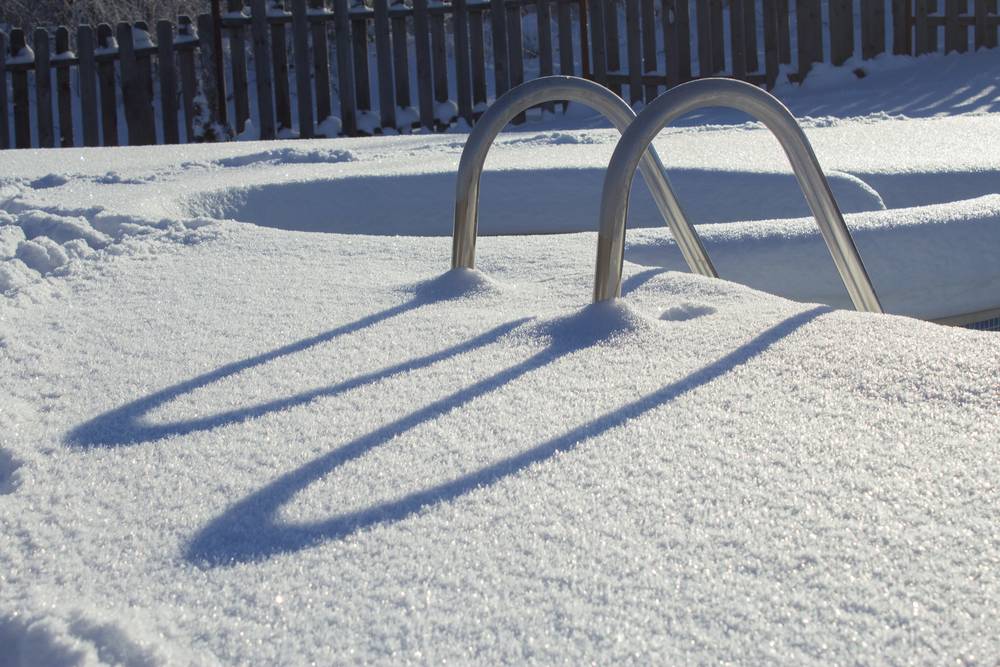The pool company we use at our HOA drains and cleans the pool each spring. I have only been here one year helping with the pool and this has been the practice for quite some time. The pool is covered during the winter months with a mesh safety cover. It is a 60,000 gallon pool. The chemicals being added to the pool at closing are 5 gallons of Winterizer (algaecide) and 4 quarts of Pool Magic "Winter". (I assume this is Pool Magic Spring and Fall since I can't find a Pool Magic "Winter" sold by Natural Chemistry.)
Given that the pool is drained and cleaned each year are both of these products necessary to add at closing? From the instructions on the Winterizer, it looks like 3 gallons would be sufficient... and the Pool Magic indicates that the dosage is 1 qt. per 25,000 gallons, so 2 or 3 quarts at the most would seem sufficient. Are we being sold chemicals we don't really need... especially since the pool is drained each spring?
Given that the pool is drained and cleaned each year are both of these products necessary to add at closing? From the instructions on the Winterizer, it looks like 3 gallons would be sufficient... and the Pool Magic indicates that the dosage is 1 qt. per 25,000 gallons, so 2 or 3 quarts at the most would seem sufficient. Are we being sold chemicals we don't really need... especially since the pool is drained each spring?


